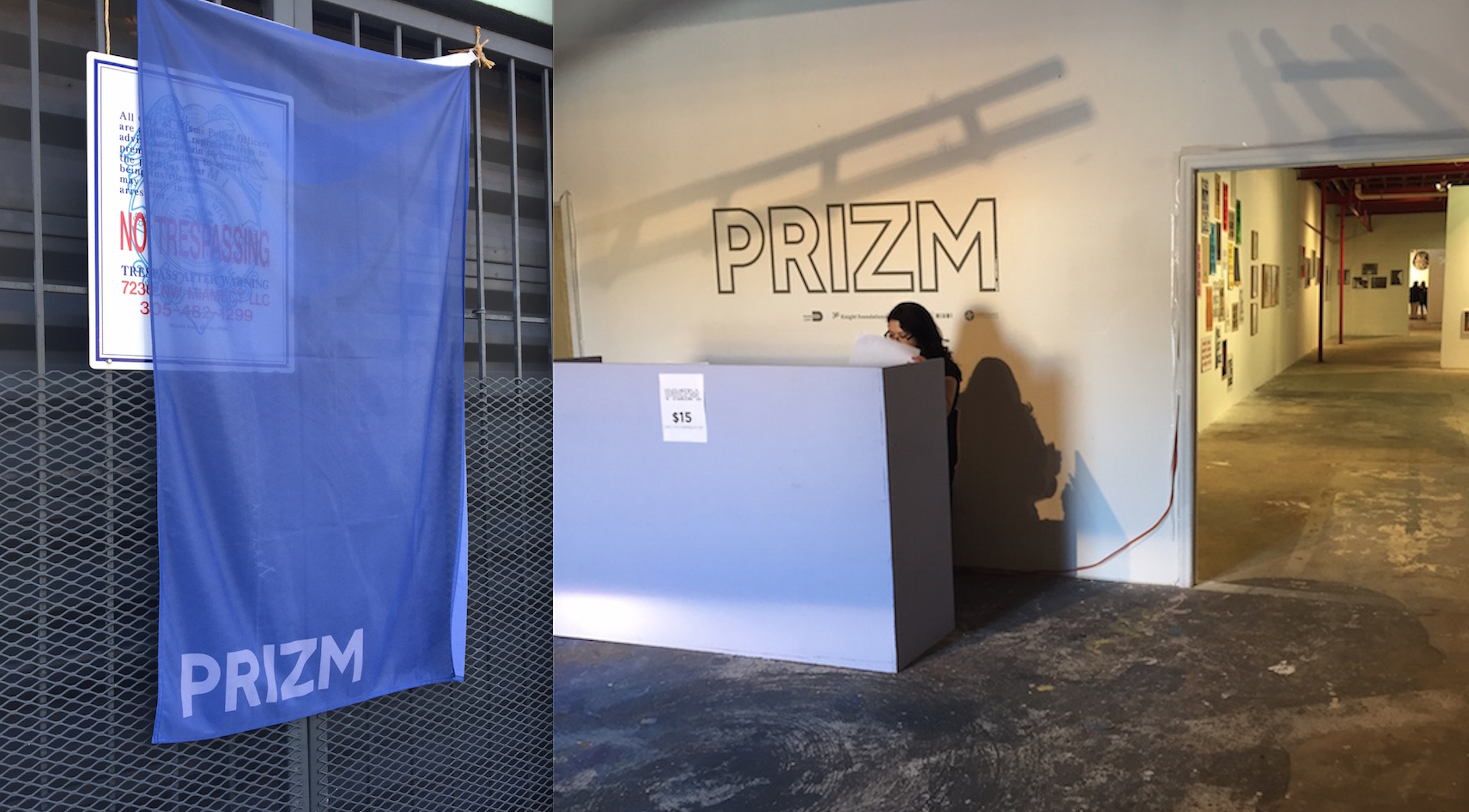Suzy and Will go to PRIZM
Prizm is far off the beaten path in the Little Haiti/Little River area, about 35 minutes from the main fairs in midday Sunday traffic, and it sits in stark contrast to the slick hotels of South Beach. In its press release the director explains that it is focused on presenting “emerging African artists and artists from the Global African Diaspora who are traditionally unrepresented by galleries in the mainstream art world.”
Prizm is so unlike any of the other art fairs we saw this weekend that I’m not sure I would exactly call it a fair. It felt more like a well curated museum show. It had none of the gimmicky flash of other fairs, but Prizm meant business. The work here feels important and cannot be seen by enough people.
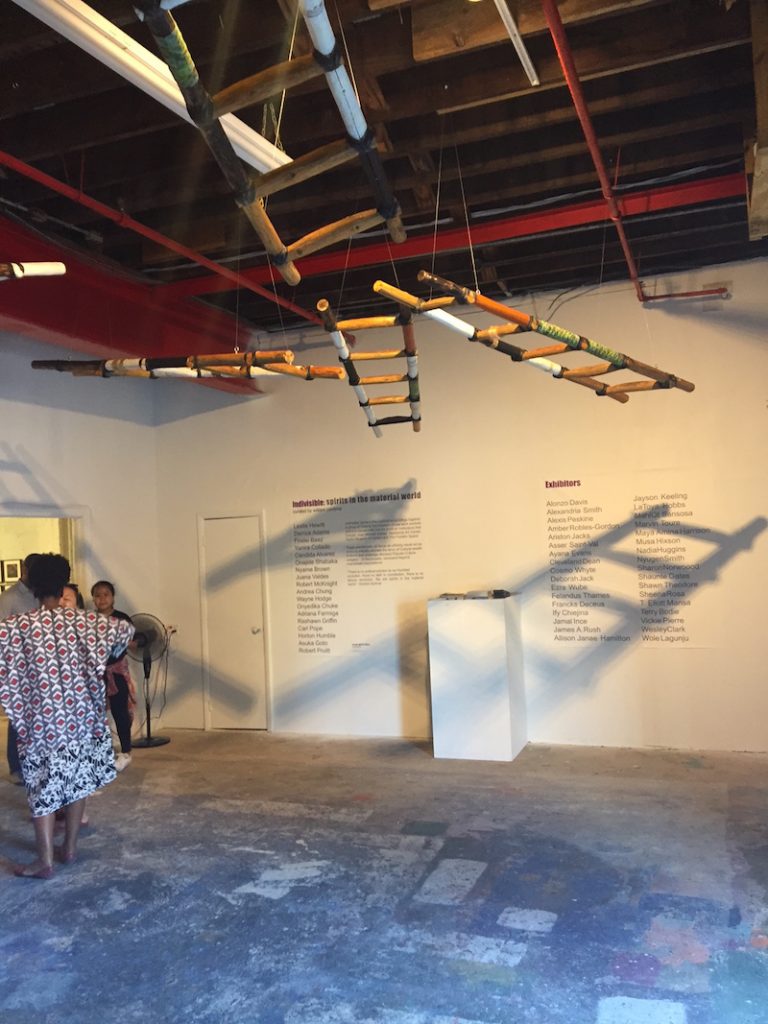
Prism runs through December 11 and perhaps Sunday afternoon was a quiet lull when we visited. The result was that our experience was museum-like, worshipful, and quiet. There were no gimmicks, no in-your-face sponsorships, and little signage in surrounding areas.
Favorite Works at Prizm 2016:
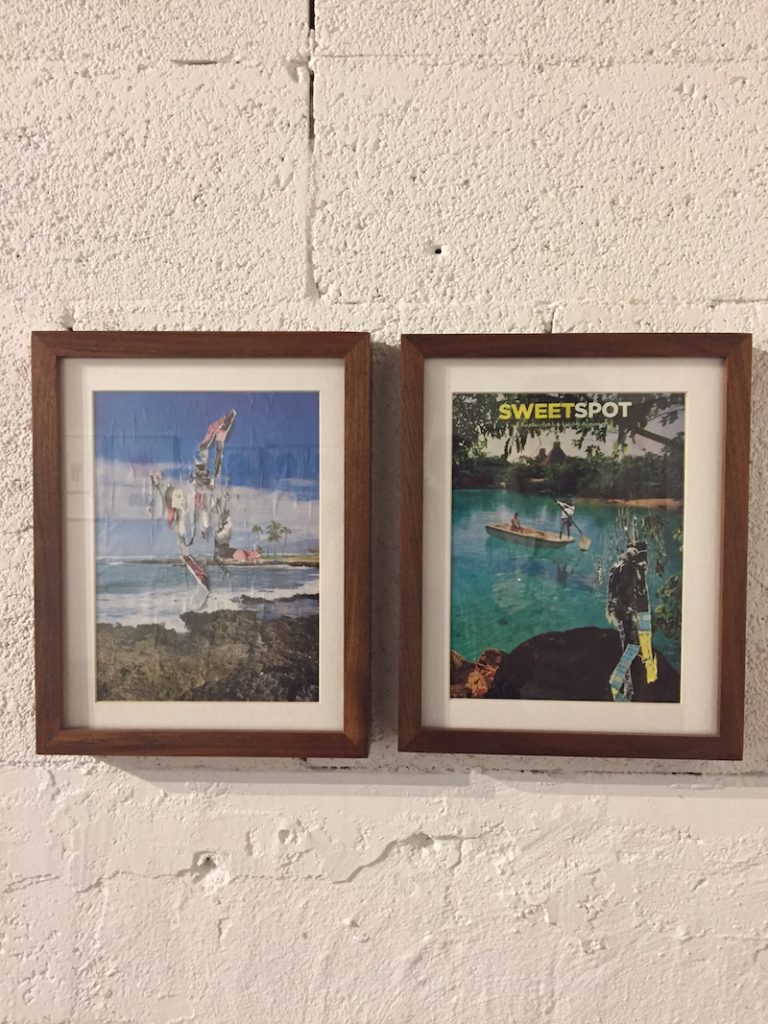 Andrea Chung “Sweet Spot” and “Dry Yay,” Magazine Decollate. Great contrast between those who live in an ‘exotic place’ with the tourists who visit.
Andrea Chung “Sweet Spot” and “Dry Yay,” Magazine Decollate. Great contrast between those who live in an ‘exotic place’ with the tourists who visit.
 Wole Lagunju “Perspectives on Colonialsim V and VI”
Wole Lagunju “Perspectives on Colonialsim V and VI”
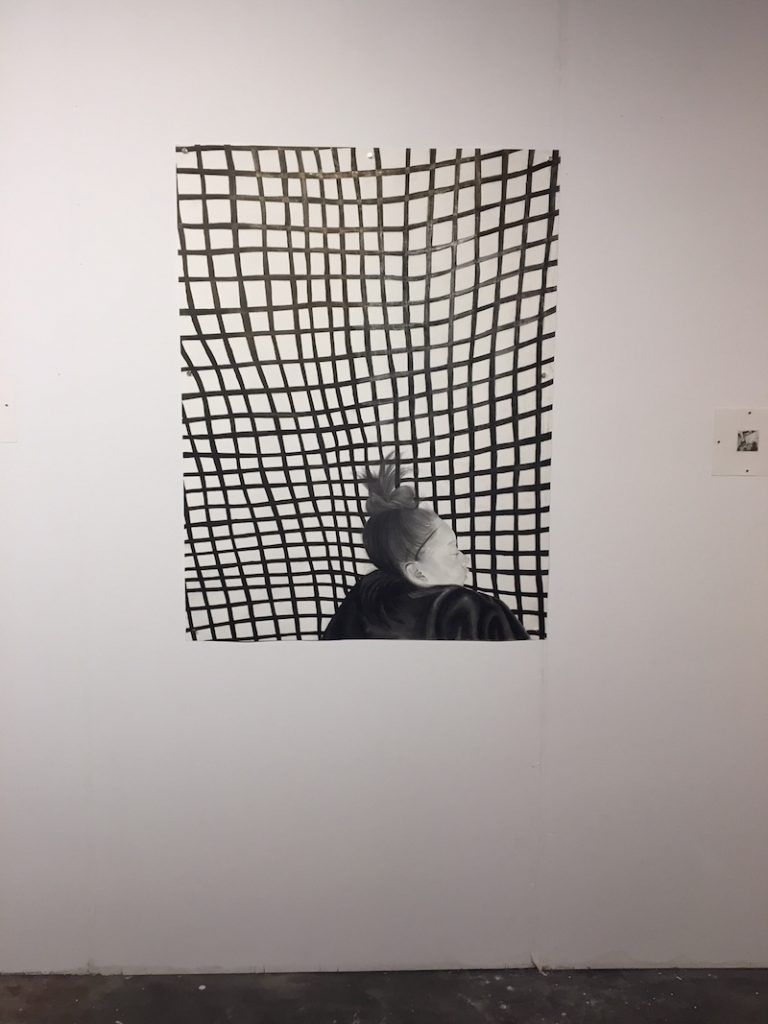 Oasa Duverney, “Girl on Grid” graphite drawing
Oasa Duverney, “Girl on Grid” graphite drawing
 Terry Bodie’s “Blueprint,” contrasting architecture of an apartment building and a slave ship with occupants
Terry Bodie’s “Blueprint,” contrasting architecture of an apartment building and a slave ship with occupants
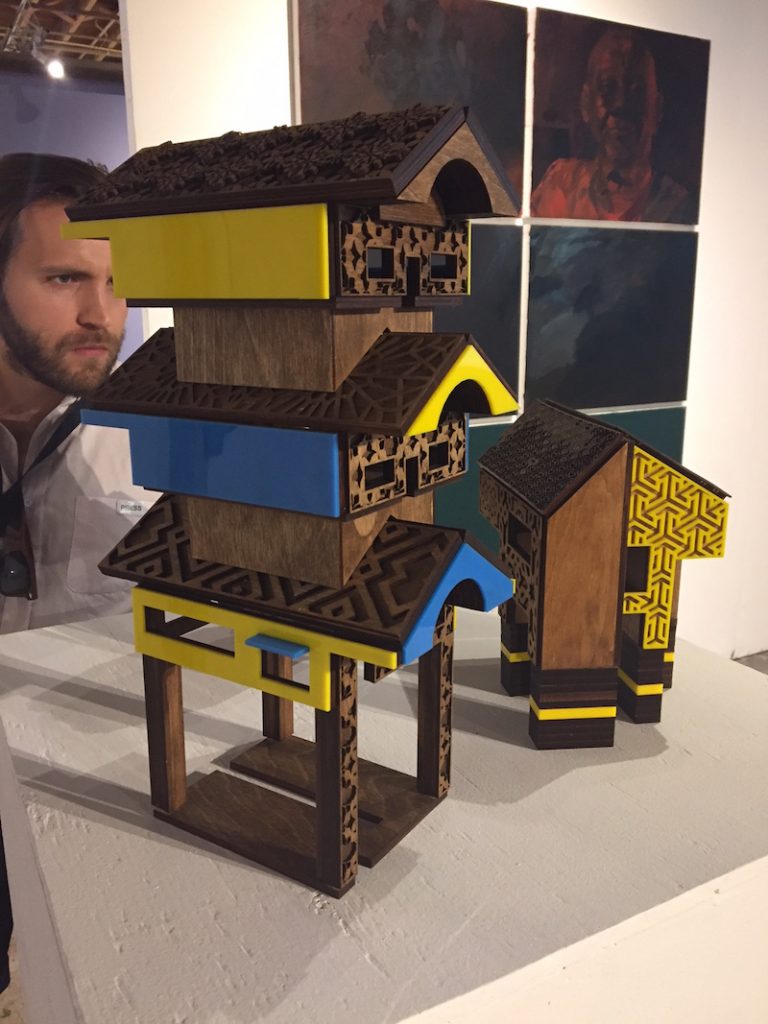 Olalekan Jeyifous, “Atemporal Relic #1, 2, and 4” Wood and Acrylic
Olalekan Jeyifous, “Atemporal Relic #1, 2, and 4” Wood and Acrylic
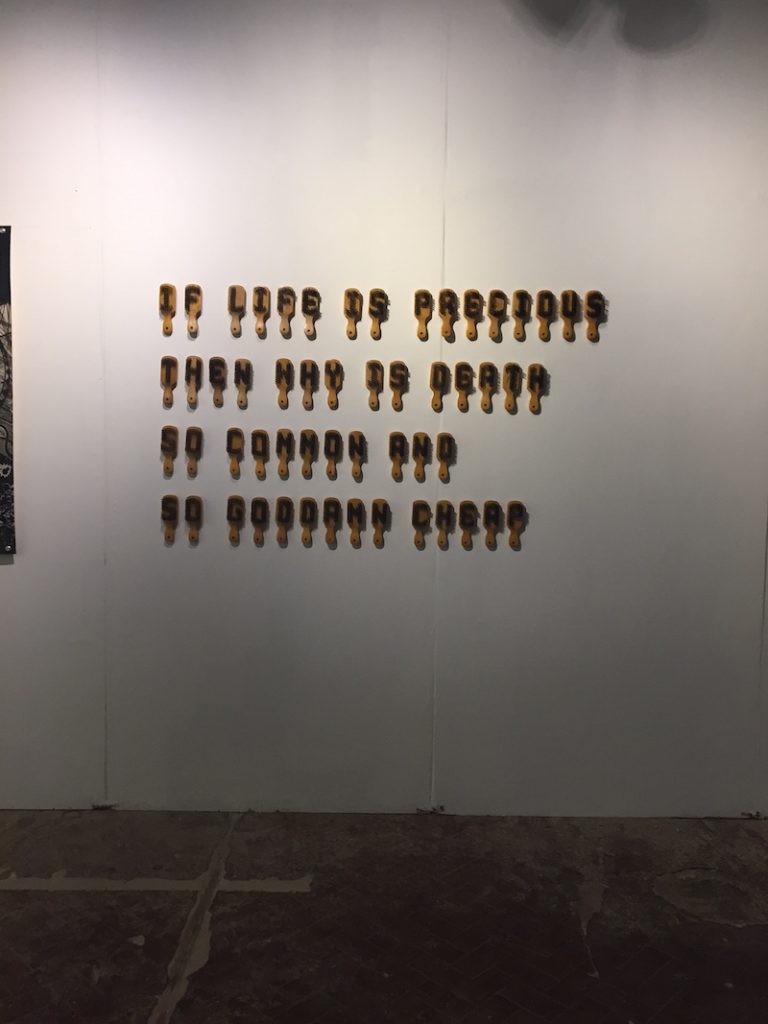 Felandus Thames, “Precious” hairbrushes (read them!)
Felandus Thames, “Precious” hairbrushes (read them!)
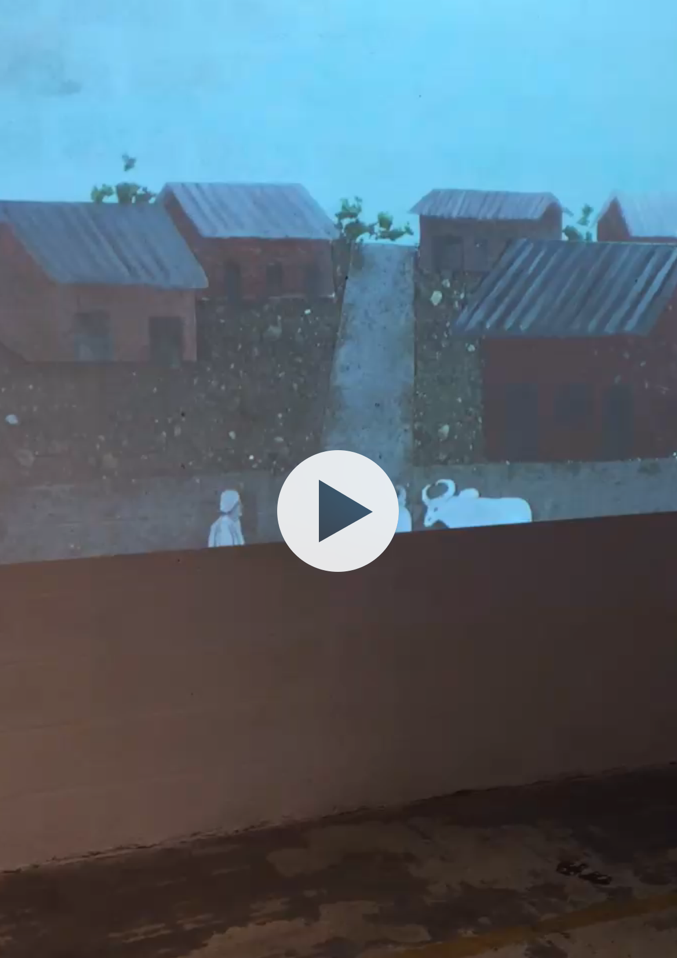 Ezra Wube, “Menged Merkato”
Ezra Wube, “Menged Merkato”
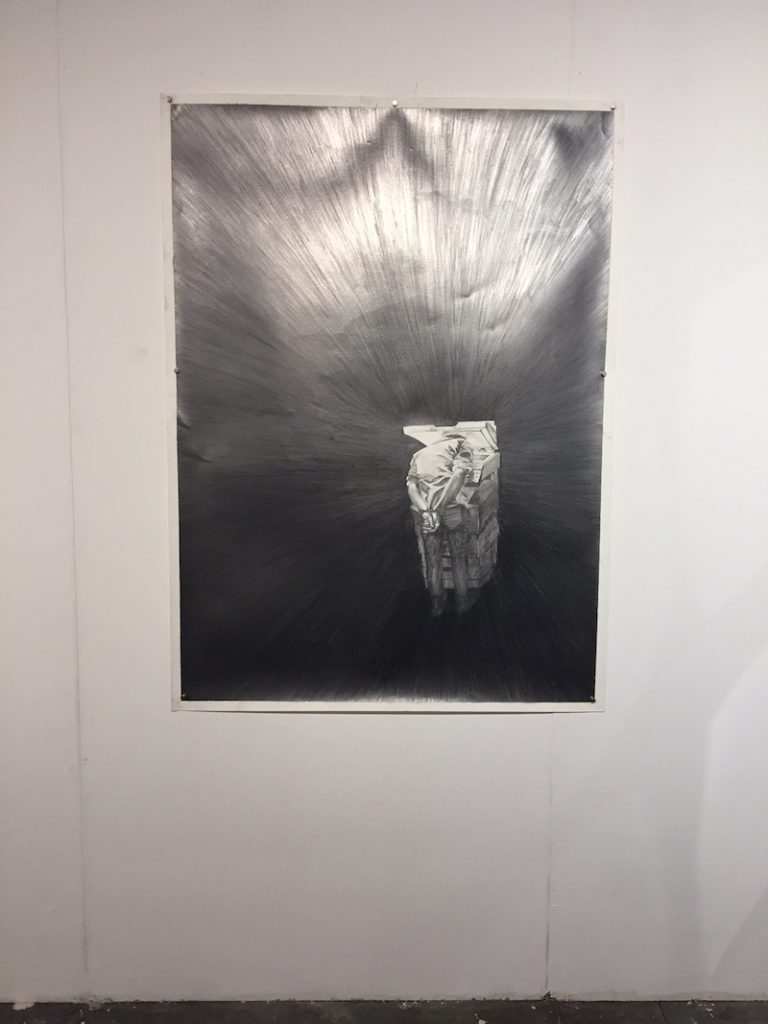 Oasa Duverney, “Forced Self Portrait,” graphite on paper
Oasa Duverney, “Forced Self Portrait,” graphite on paper
Takeaways:
While some of the pieces at Prizm were stronger than others, I was unable to pick it apart into categories, the way I did with the others. The show is cohesive in a way that nothing sticks out or is jarring to the viewer. Nothing is obnoxiously selling itself and there are no booths or even wall labels, no gallerists trying to convince you to buy. Even though everything is for sale, sales did not seem the main point of Prizm. If the goal was to include a group of artists that aren’t typically included, to showcase talent that hasn’t yet been pushed to the center, Prizm succeeded wholeheartedly.
Perhaps my one criticism of Prizm is that it shouldn’t be called a fair because it’s more of an exhibition. It’s almost not fair to call it a fair. Collectors should buy this work and pay attention to it, but not because it’s part of Miami art fairs, but because it is smart and beautiful and part of an international conversation, showcasing voices that need to be heard. Prizm is an amazing opportunity to collect.
*******
Author Suzy Kopf is a recent Brooklyn to Baltimore transplant. Suzy is a painter and just completed an MFA degree at MICA. She is a co-founder of the Gowanus Swim Society, a Brooklyn, NY based art collective.


